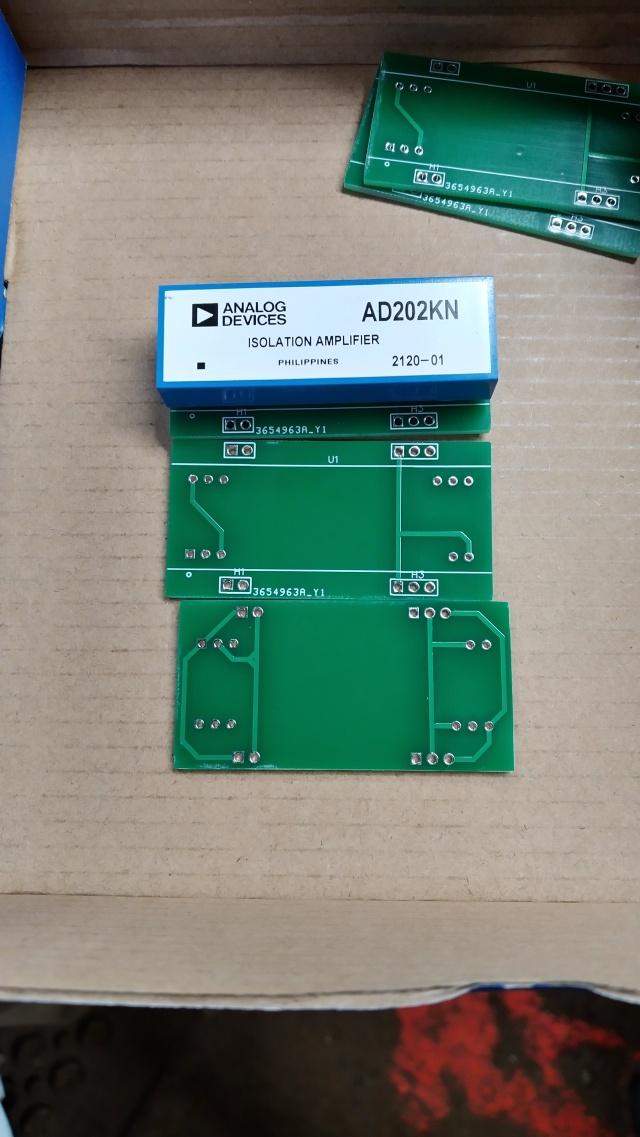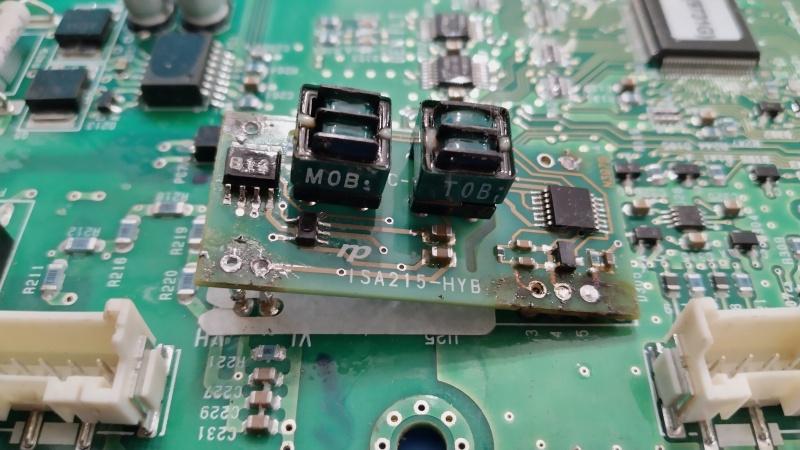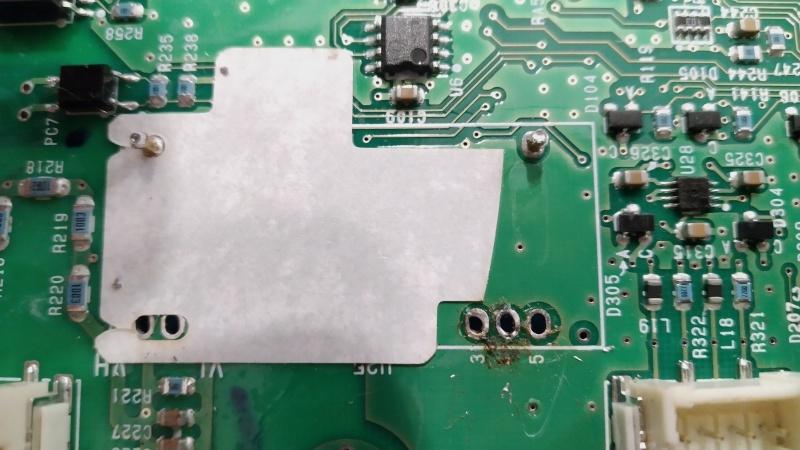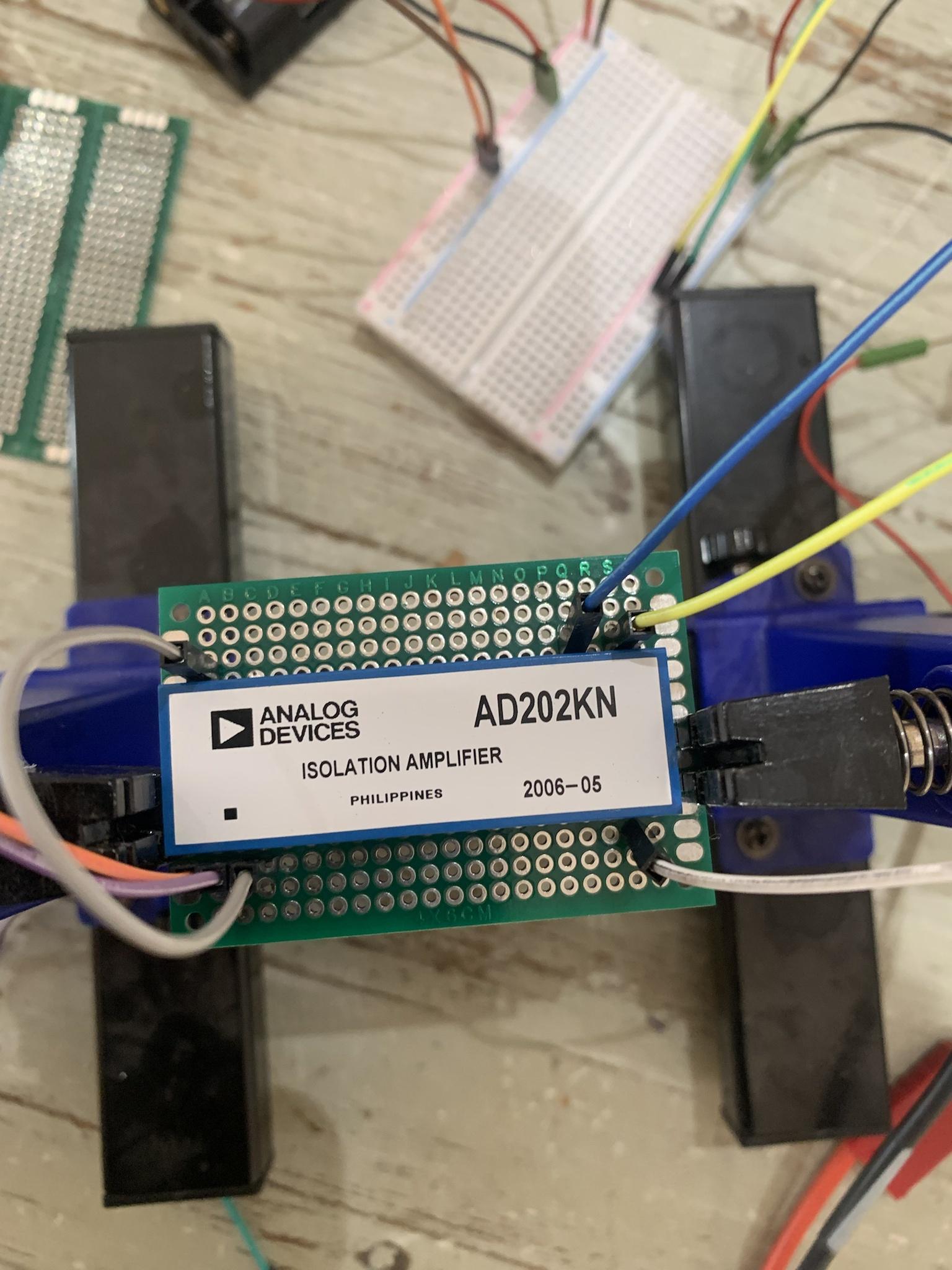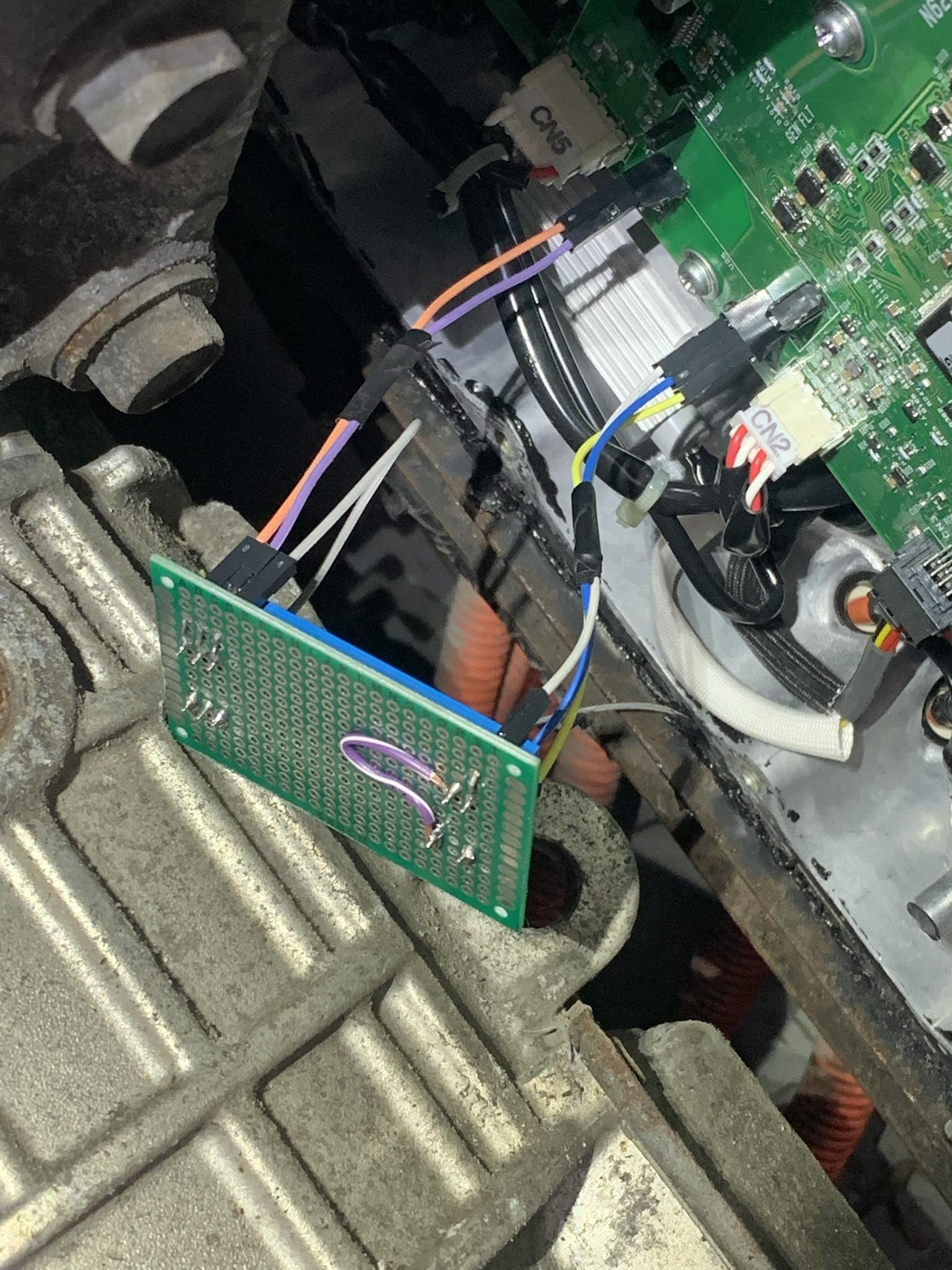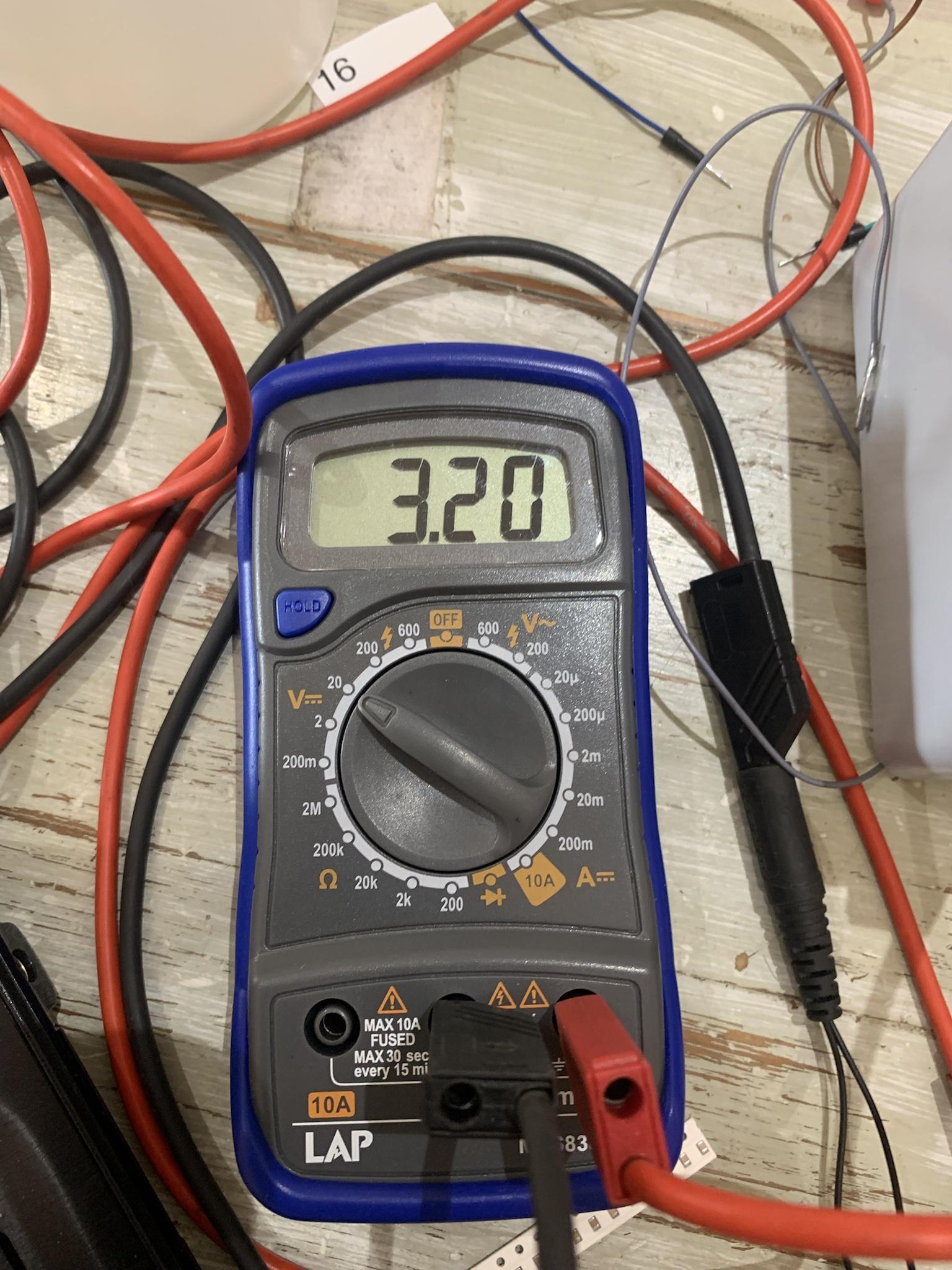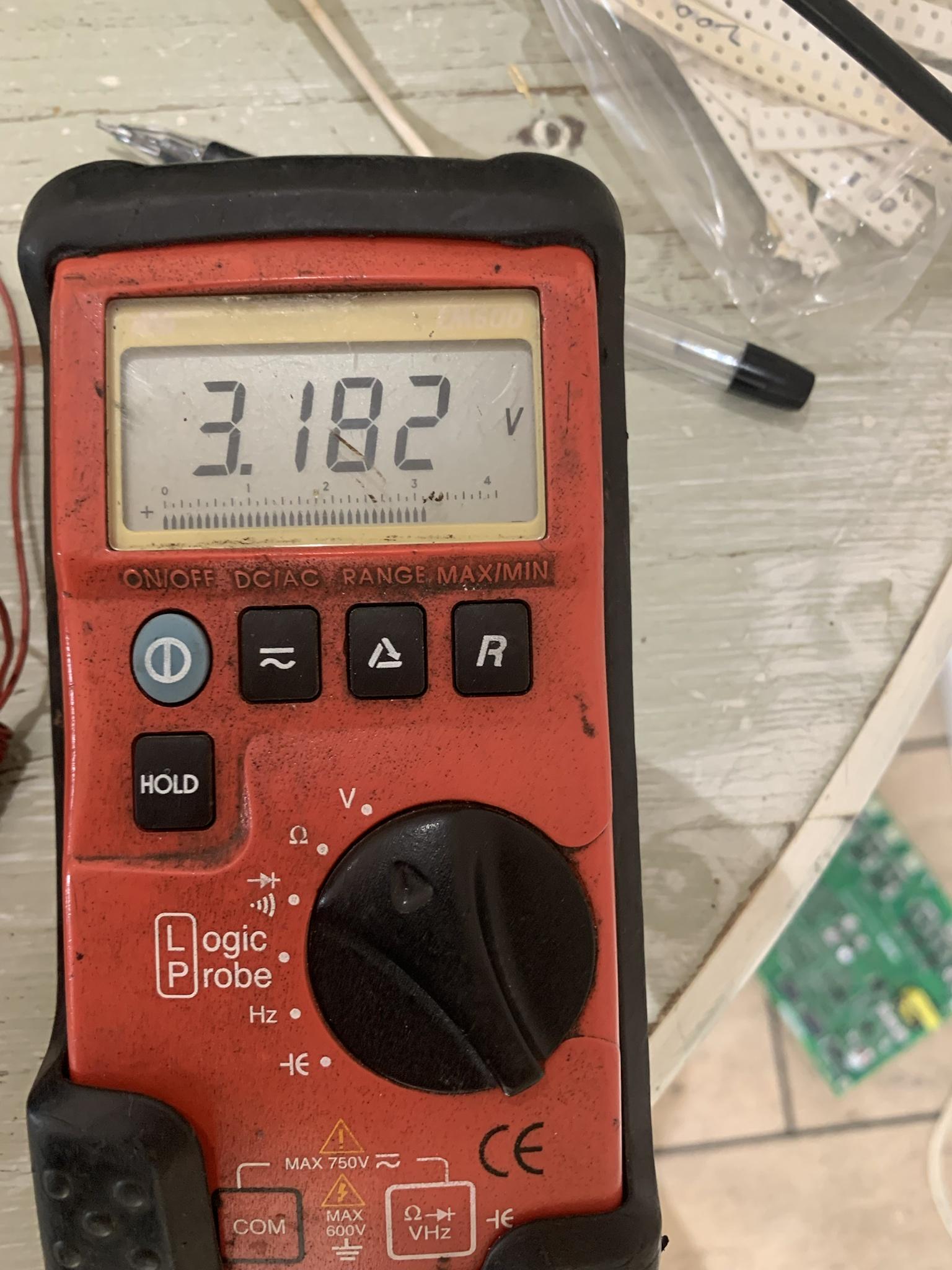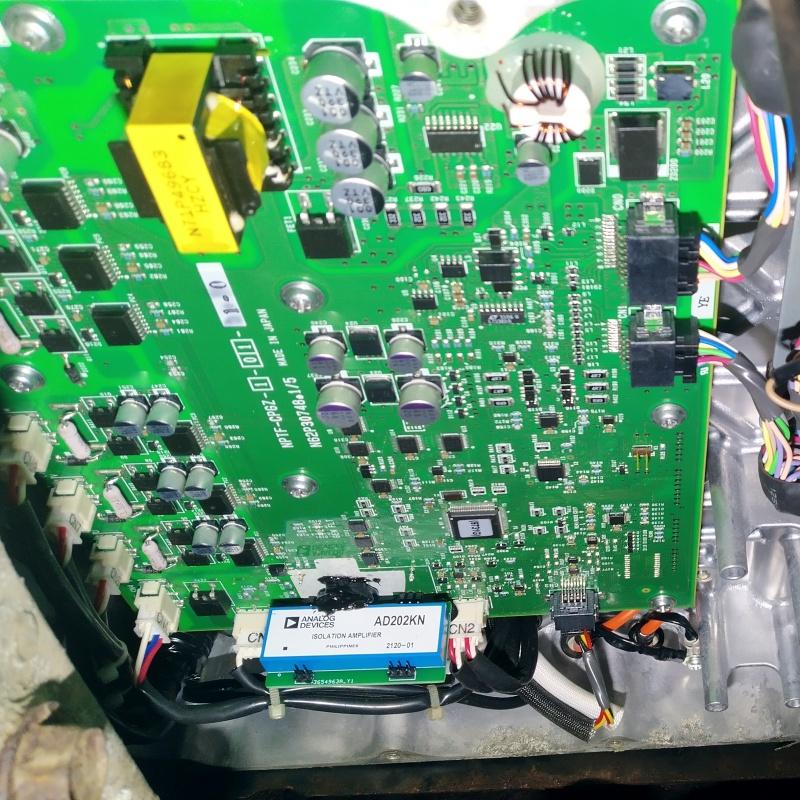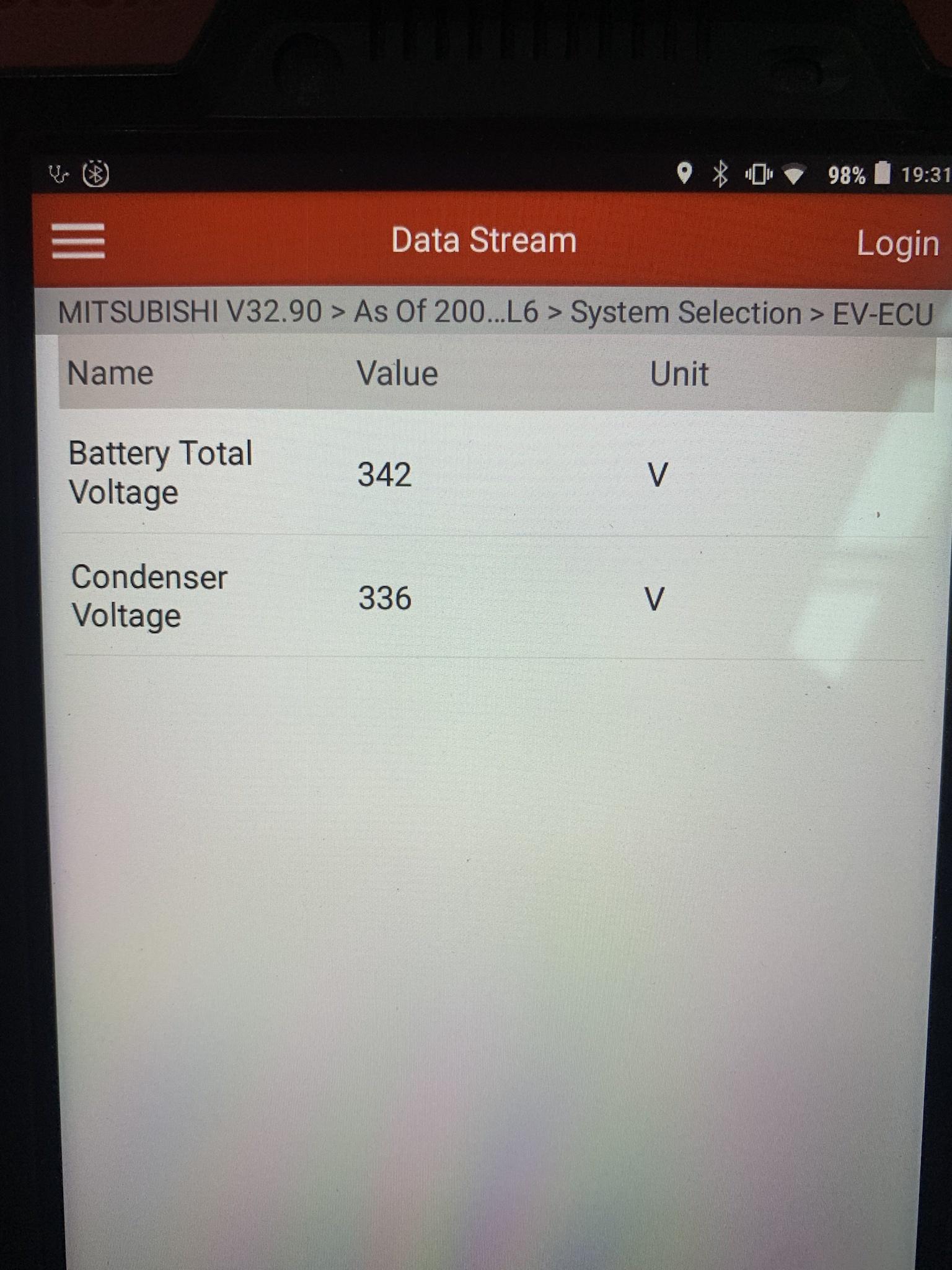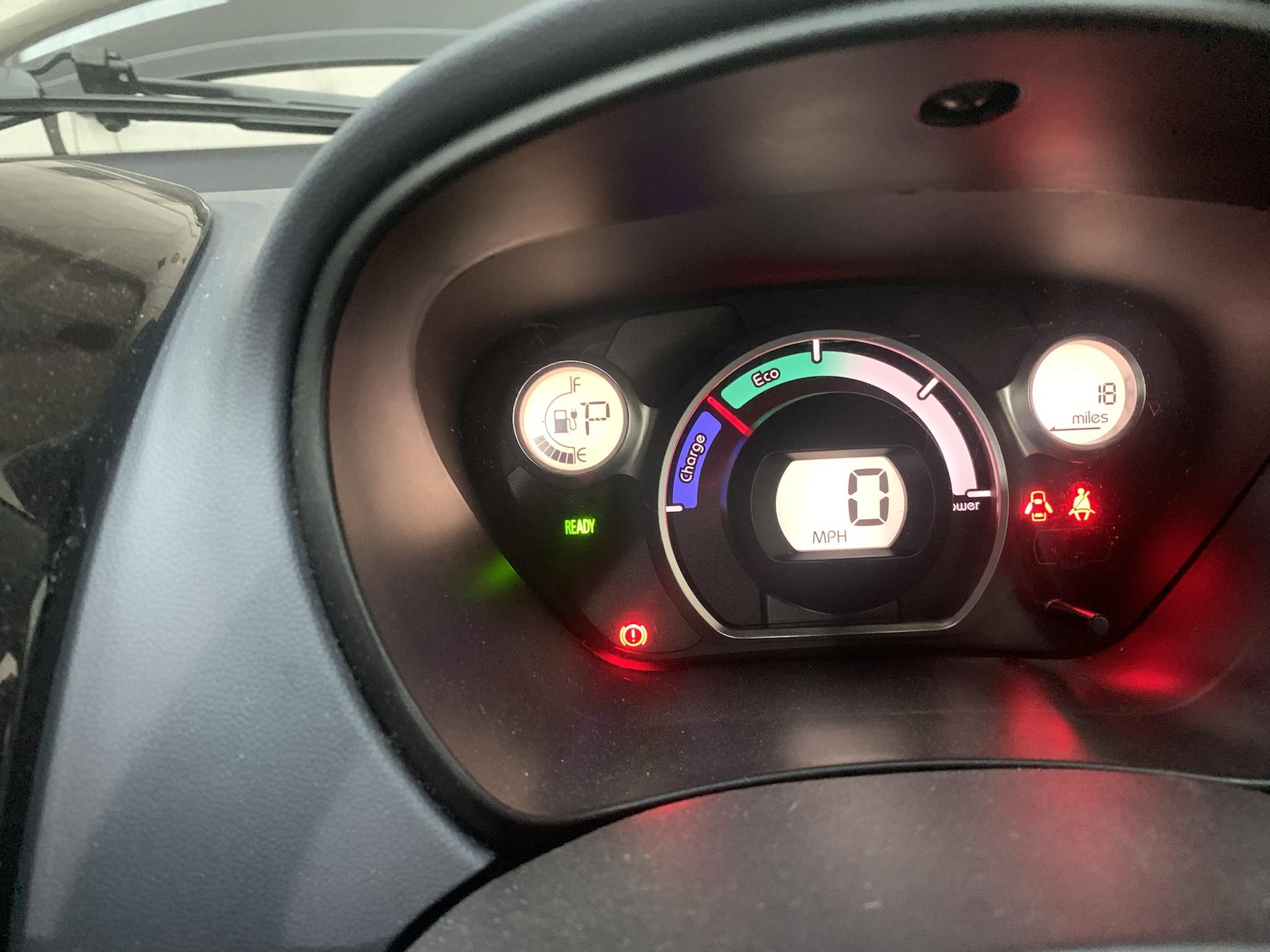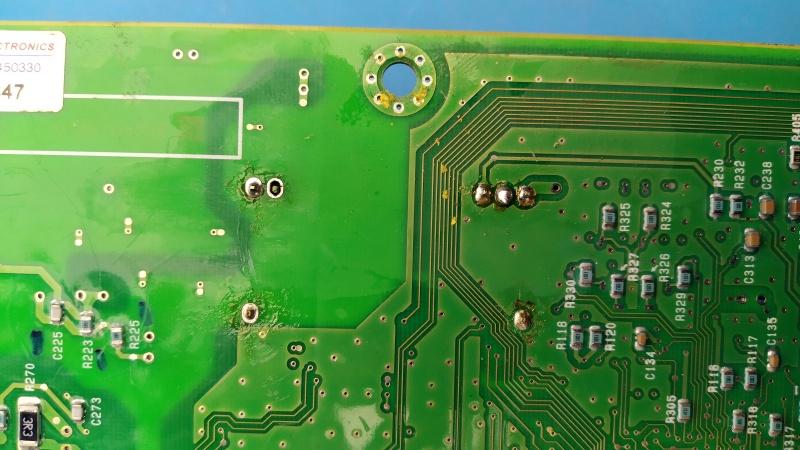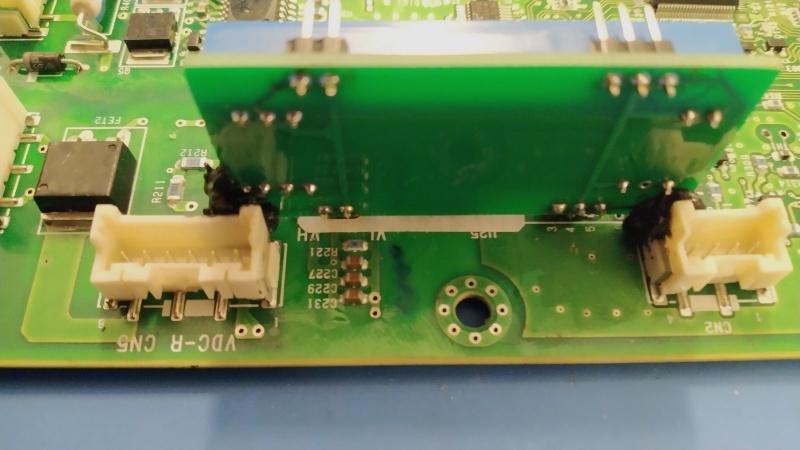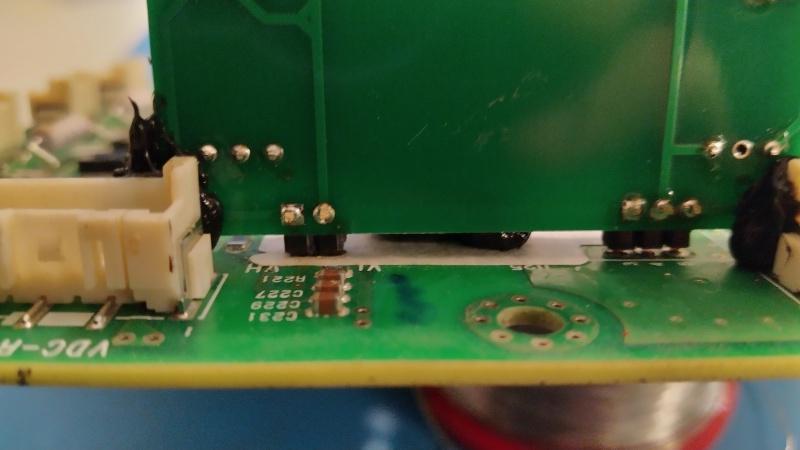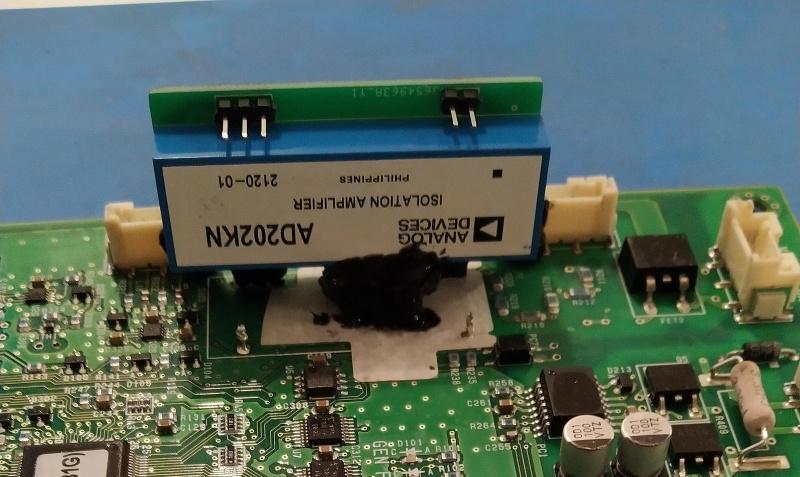GregFordyce
Well-known member
My AD202 got to Edinburgh this morning so hopefully I'll see it tomorrow. The simple pcb I designed and ordered from China is in transit, last tracked in Germany so I should get it Monday. I'll have 4 spares I can post, I'll test mine first. I missed out the 2k resistor :shock: but I'm going to try without it.
From what I understand they are saying that if the HV side gets powered before the 15 volt supply it can cause problems. However I don't think we could ever see this as the precharging only happens after the ignition gets switched on. So the AD202 will always see 15v before HV.
EDIT: 400 volts through 600k ohms is well under 1mA, we'll never get anywhere near 2mA across pins 1 and 2.
When the isolator is not powered, a negative input voltage of more than about 2 V will cause an input current to flow. If the signal source can supply more than a few mA under such conditions, the 2 kW resistor shown in series with IN+ should be used to limit current to a safe value. This is particularly important with the AD202, which may not start if a large input current is present.
From what I understand they are saying that if the HV side gets powered before the 15 volt supply it can cause problems. However I don't think we could ever see this as the precharging only happens after the ignition gets switched on. So the AD202 will always see 15v before HV.
EDIT: 400 volts through 600k ohms is well under 1mA, we'll never get anywhere near 2mA across pins 1 and 2.




